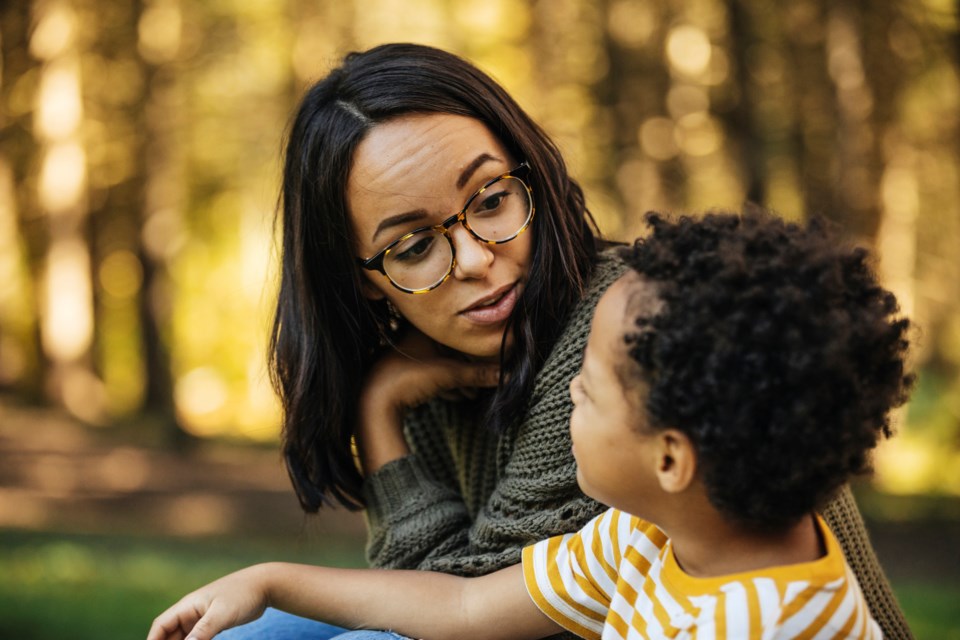Research points to the long-term consequences of high levels of childhood stress on . However, it is also well documented that .
As researchers in health promotion with a particular interest in the resilience of , we notice that the overwhelming narrative around childhood adversity is that it should be avoided. But this is not always the case.
Adversity and ACEs
It’s important to note the distinction between child adversity in general and specific circumstances known as . Childhood adversity in general is a broad term that captures a .
ACEs are a particularly severe subset of childhood adversities that involve traumatic experiences that occur during childhood. .
Experiencing ACEs during childhood, a vulnerable developmental phase, increases the risk of adverse health issues throughout life. ACE-related disorders include .
Traumatic experiences are part of our foundational understanding of ACEs. However, with more general childhood adversity, traumatization is only one possible outcome — not a guarantee. General adversity that could lead to trauamatization, but will not necessarily, may include or .
In fact, certain adaptive skills and self-regulation abilities among children seem to . These skills and abilities combine to contribute to a child’s resilience. Though it is a complex topic to define, resilience refers to .
Resilience and adversity
Resilience not only requires people to have internal coping abilities, but , such as social support, financial freedom and stable housing. For children, many of these environmental resources are beyond their control, and instead depend on the various people in their lives, including parents, extended family, teachers or coaches.
When children’s external networks are supportive, they can learn to cope with adversity in healthy ways that support optimal development. When experiencing adversity, human bodies physiologically respond by .
When children are surrounded by supportive environments, they can learn positive coping mechanisms that allow their stress responses to return to normal faster. The benefits of learning these mechanisms means the experience of adversity among children should not always be avoided.
In a , it was found that when parents perceived their children’s “failure” as an opportunity for growth, their children adopted the same mindset. The same was true for the opposite — parents perceiving “failure” as a barrier to success led to children thinking in the same negative way. Failure in this case refers to low-risk challenges, such as making a sports team, succeeding in a school assignment or winning an award.
Research shows that many lessons can be learned from losing. By helping children to shift the framing of their loss from failure to an opportunity for growth, children can begin to develop a . This can not only , but also their .
Factors that influence resilience
It’s important to note that the impact of adversity on children, and the protective influence of resilience, varies depending on numerous social factors including gender, race and socioeconomic status. A found that white and socio-economically advantaged families were more likely and more able to maintain resilience in the face of adversity.
Unsurprisingly, the influence of socioeconomic status on family resilience was further heightened during the COVID-19 pandemic. In a , a major theme that emerged was that the COVID-19 pandemic created the “perfect storm” for negative socioeconomic impacts among families.
In particular, our review highlighted the necessity of access to external resources — such as financial support, flexible employers/working conditions, and job security — as essential to families’ ability to support their children through the pervasive adversity that the pandemic presented. When these socioeconomic conditions were in place, caregivers were better equipped to support their children in developing positive coping mechanisms in the face of the ongoing adversity of the COVID-19 pandemic.
By treating all adversity as inherently negative, we are doing a disservice to children and their ability to develop adaptive coping mechanisms that can help protect them in future cases of adversity.
Given the , and the , it’s important to explore the upside of adversity.
![]() Julia Yates receives funding from the Social Sciences and Humanities Research Council.
Julia Yates receives funding from the Social Sciences and Humanities Research Council.
Katie J. Shillington does not work for, consult, own shares in or receive funding from any company or organization that would benefit from this article, and has disclosed no relevant affiliations beyond their academic appointment.




